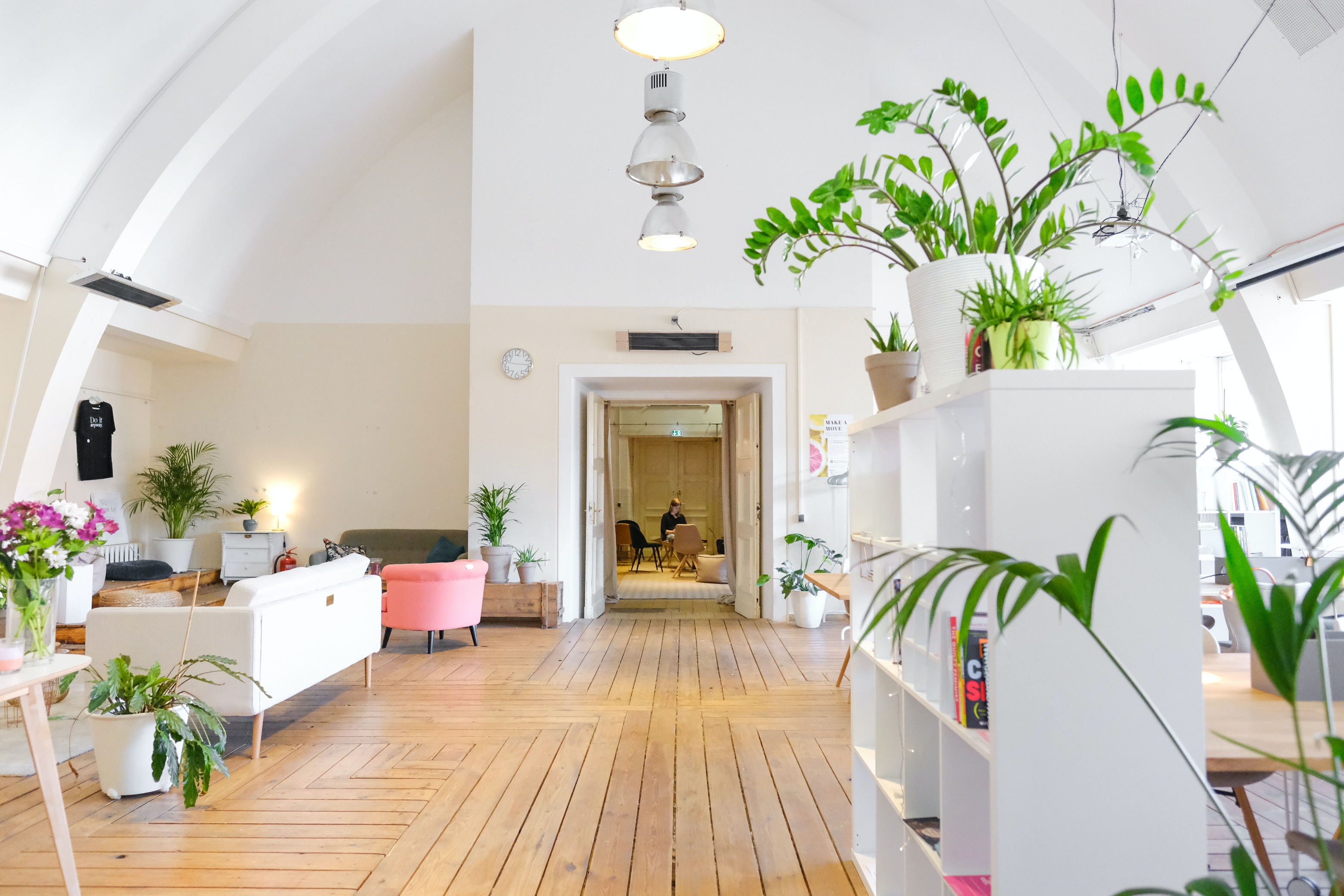Office downsizings: What’s needed for businesses to embrace the hybrid working model
Modern Working OfficeAccording to industry research from Gartner, less than 12% of workers wish to return to the workplace full-time for office-based roles. The last couple of years throughout the Covid-19 pandemic has been a proving ground for remote working, both in terms of the volume of worker output and the quality of worker output.
The upshot is that many firms have taken the time to reassess their needs when it comes to commercial space. Technology has evolved the workplace for many years now, even way before the pandemic. Open-plan offices, teleconferencing and cloud-based software had made it easier for collaborative, real-time working, anywhere. The reality is that the pandemic accelerated the need to embrace a different way of working.
With Gartner also revealing that 72% of workers wish to adopt a hybrid working model of a healthy balance between home and office-based working, how are businesses adapting to this shift in their day-to-day operations?
Gartner states that more than four-fifths (82%) of businesses are content to allow employees to work remotely “some of the time”. For a business to embrace the hybrid working model it remains a complex process. There are two aspects that business owners must consider with their tech-enabled hybrid place of work:
Downsizing to meet occupancy needs
With KPMG revealing that more than two-thirds (69%) of CEOs were planning to downsize their business’ workplace, it is clear many businesses are already accepting the need for a hybrid working model. It’s a big decision given that commercial space is arguably a firm’s second largest overhead after employee salaries.
However, if only a percentage of staff are likely to be in the office at one time, the need for businesses to ‘futureproof’ their workspace is less essential than five or ten years ago. The hybrid model is already resulting in occupancy sitting at no more than 50%-60% of the workforce being in the office at one time. It’s still important for businesses to have sufficient workstations and breakout areas to ensure staff have the tools they need to maximise their time in the office.
Some firms are utilising space and desk-booking systems that give employees the ability to pre-book a workstation or breakout space to work independently or collaborate with colleagues.
An alteration to the aesthetics and connectivity of the workplace
The clinical, open-plan nature of conventional office spaces is also being challenged by the hybrid working model. When staff go into the office, they want to feel as relaxed and creative as they do when working in their home office. The onus is therefore on business owners to reimagine their office space.
The resi-mercial (fusion between residential and commercial) trend is seeing more lounge or café-style working areas and hot desks, with more firms also embracing the benefits of green walls and biophilic design. An investment in next-generation technology, such as virtual reality headsets, video meeting screens and professional-grade microphones is needed to maintain connections between home and office workers.
If your business requires bright and spacious office space as part of a decision to downsize in the new era of hybrid working, our property portfolio consists of many flexible offices ready for you to put your stamp on. Tenants often have the flexibility to adapt the internal layout and services to suit their bespoke requirements, which is all part of our mission to deliver high-value, low-cost space for businesses of all shapes and sizes.
—
Pall Mall Estates have a wide range of low cost commercial properties across the UK.
Take a look at our available spaces here or get in touch with our experienced team here.







